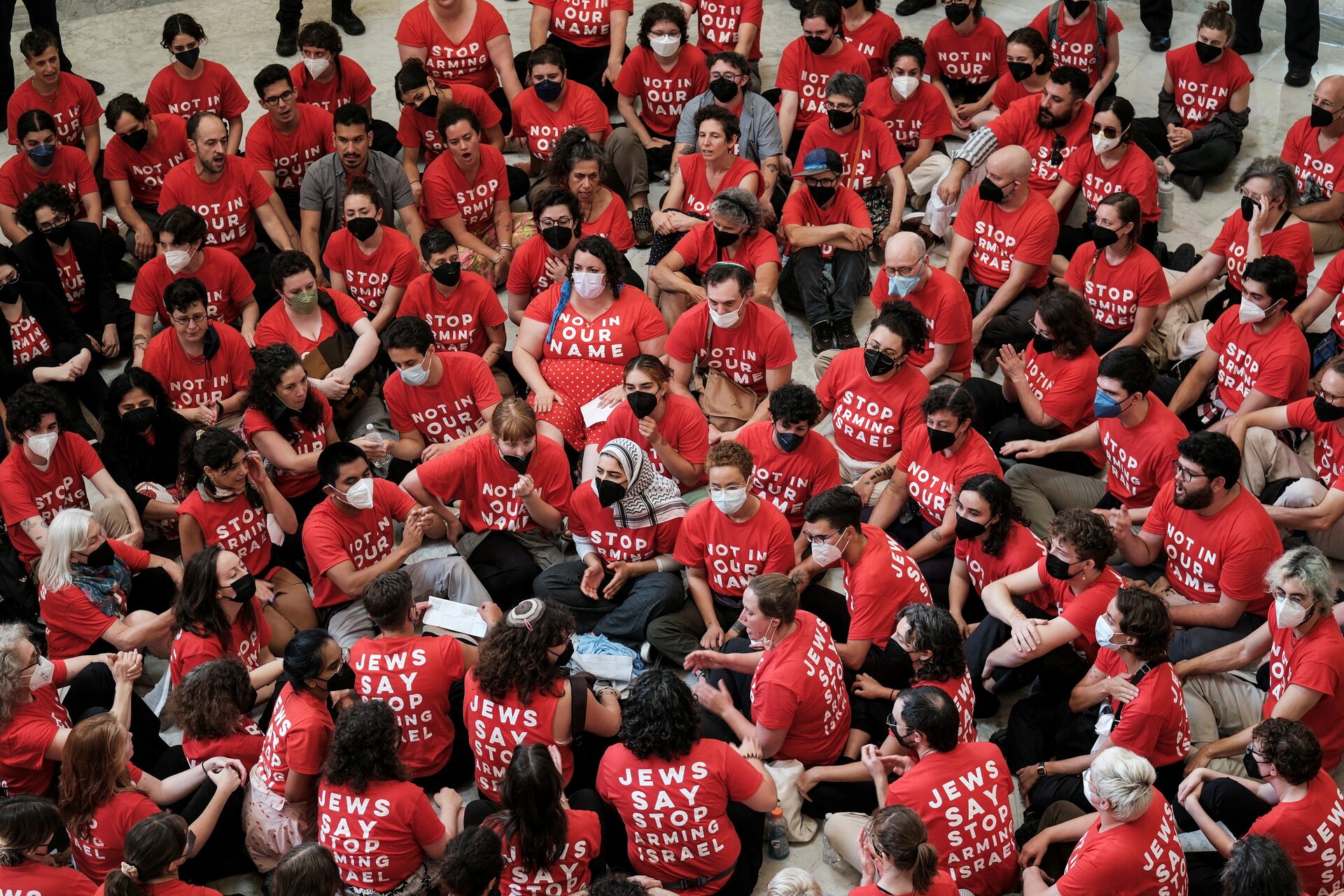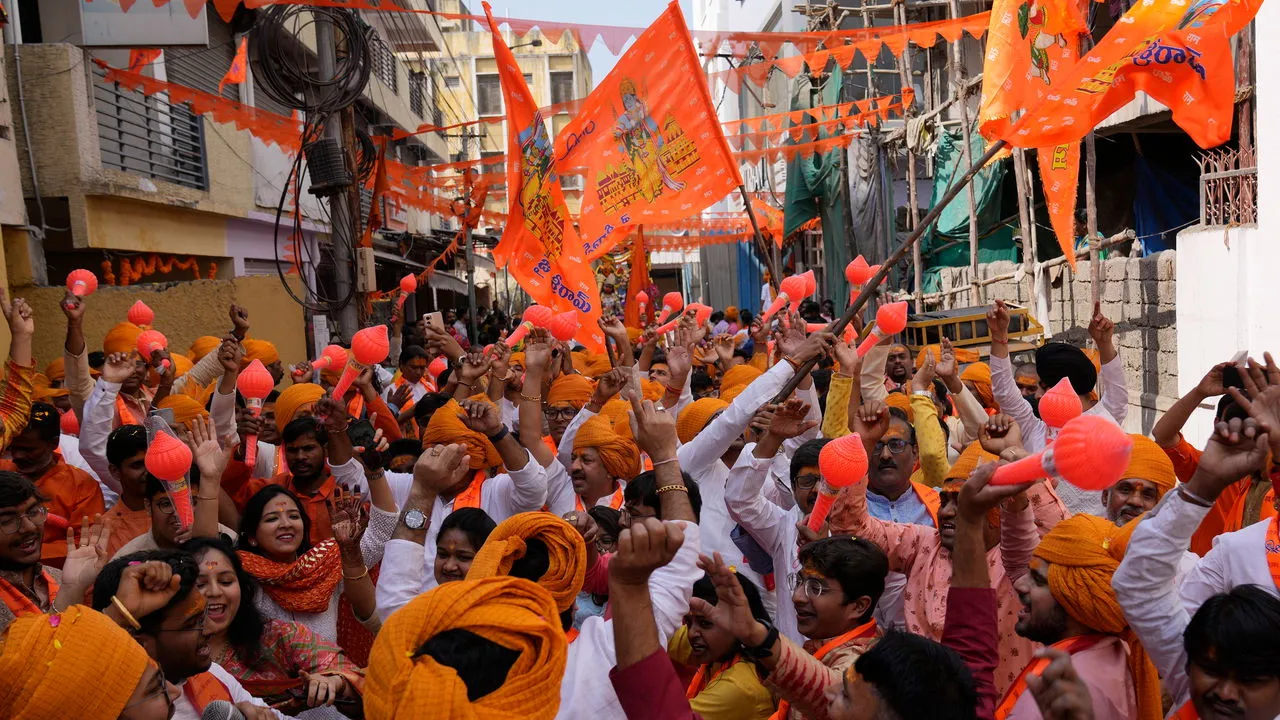What is Organized Labor and Why Does It Matter?

More than 80 percent of students at Harvard work campus jobs to support themselves. If you become one of them this fall, then depending on your job, you may be represented by a labor union, an organization of workers that negotiates with the University to win better working conditions and bolster worker power.
Even if you don’t end up working a union job, labor will be an unavoidable part of your Harvard experience. Why is that? And why should you, a student uncommitted to this University, care? Harvard’s deans and administrators describe “the University” as a gauzy, mythic institution of higher education, the best in the world, which “produces knowledge” and “educates tomorrow’s leaders,” all as if by magic. This is a nice story but ultimately a fake one. The University is all of the people who work for it: whose labor makes our classes possible, keeps us clean and housed and fed, and allows us to obtain a comprehensive education.
Unions allow the people whose labor keeps Harvard running to have a say in how Harvard is run, and particularly how its workers are treated. If you’re represented by a union, working conditions are determined by a contract, a legal document that can increase your wages, determine your benefits, and design protections from workplace discrimination and harassment. Without one of these contracts, for instance, Harvard doesn’t legally have to pay its workers more than minimum wage or give them any health insurance. The non-tenure track faculty who may teach the bulk of your classes; the student course assistants who grade your coursework and host office hours; and the students who keep campus libraries, cafés, and DEI offices running: all of them are currently in the process of negotiating new contracts with the University.
Any protections that Harvard deigns to give to workers in these positions from here on out will be a prize hard-won by the difficult labor of union organizing. Our rights in the workplace do not exist because of the kindness of Harvard University, but because of the collective power of its workers.
These workers, thousands of them, represent many crucial parts of the University’s core function. Because Harvard is a bad boss with a lot of money, it stalls and distracts when its workers — students and non-students alike — ask for better working conditions in contract negotiations. Just this semester, for instance, Harvard refused to end “time caps,” its practice of forcing non-tenure track faculty to leave their jobs after only three to eight years regardless of performance; called the police on the graduate student union when they tried to bring workers to the bargaining table to talk about their experiences; and refused to give library, café, and DEI student workers recourse against workplace harassment.
Union contracts provide one of the few legal protections that we may have against ICE deporting students. Workers also have the power to shut the University down by going on strike — as, for instance, Harvard University Dining Service workers did for 22 days in 2016, when Harvard chose to serve frozen food to its students for three weeks instead of paying dining workers a livable wage. In solidarity with striking workers, around 500 Harvard students organized a walkout of their classes, and over 100 students and other supporters staged a sit-in of the building where HUDS’s negotiations with Harvard were held. Under mounting pressure and just two days later, HUDS workers won a contract that achieved “every goal, without exception.”
If you’re interested in helping Harvard’s workers fight for fair labor conditions, you can check out the Student Labor Action Movement — for more on them, check out @harvardslam on Instagram or email harvardslam@gmail.com for info on how to get involved in the fall. Below is a list of some of the unions that represent Harvard workers. Some have been around for decades; others have existed for less than a year. That means that if you end up working a job not listed here, you could still unionize your own workplace!
- Harvard Undergraduate Workers Union (HUWU) represents 500 student workers in libraries, cafés, and DEI offices.
- Harvard Graduate Students Union (HGSU) represents 5,000 student teaching and research assistants across the University.
- Harvard Academic Workers (HAW) represents 3,000 non-tenure track faculty, including postdocs, lecturers, instructors, and teaching assistants.
- Harvard Union of Clerical and Technical Workers (HUCTW) represents 5,000 staff members working in offices, libraries, museums, houses, and labs.
- 32BJ Service Employees International Union (32BJ SEIU) represents 1,000 custodians and security guards across campuses.
- UNITE HERE Local 26 (Local 26) represents 750 dining service workers at Harvard’s dining halls and other dining spaces.
- Fabrication Workers United (FWU) represents 100 student workers at the Graduate School of Design’s Fabrication Lab.
- Harvard University Police Association (HUPA) is not a real union :/ Police unions shield officers from accountability for their harassment, surveillance, and brutalizing of Black and brown community members, making us all less safe as a result. Oink oink.




